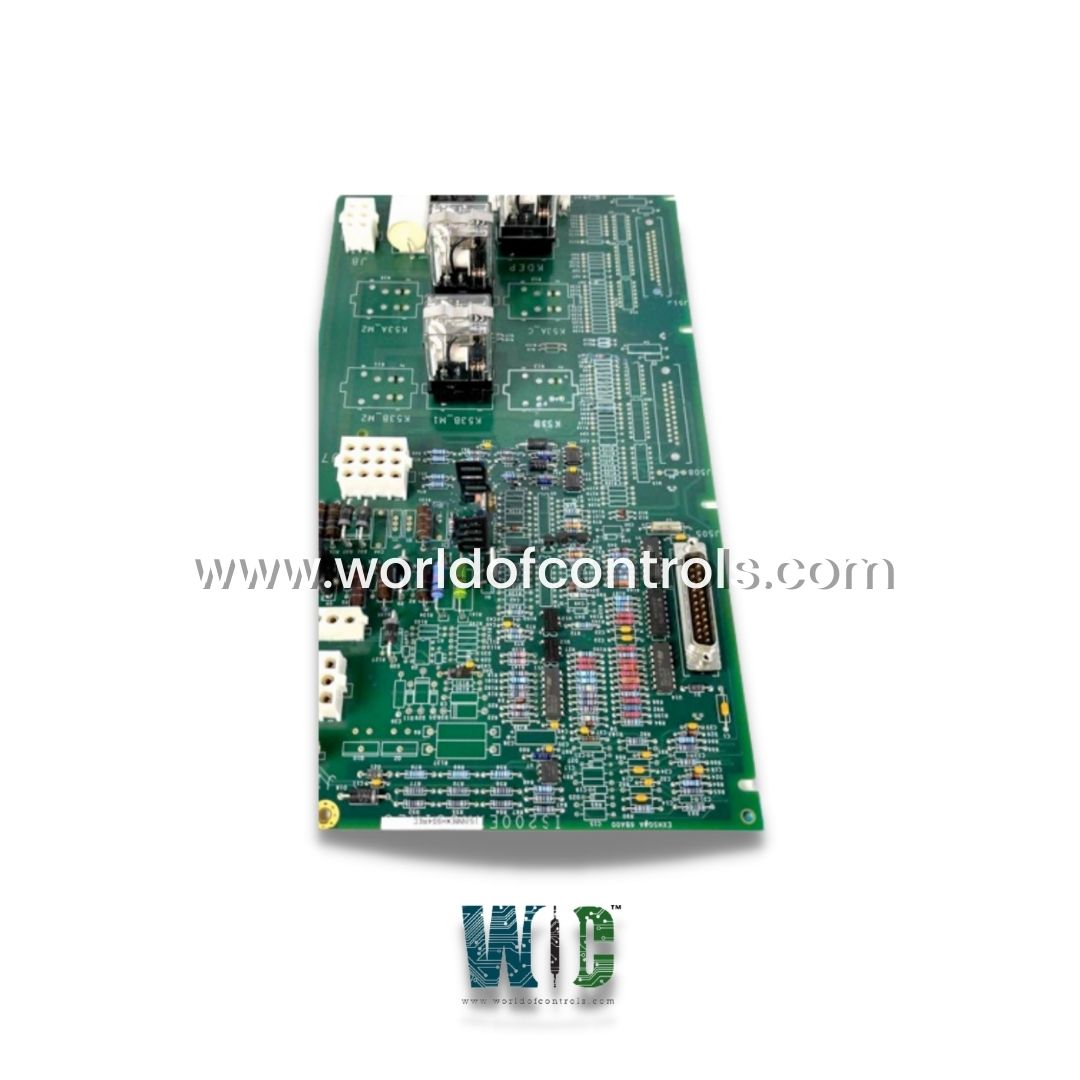
World Of Controls understands the criticality of your requirement and works towards reducing the lead time as much as possible.
IS200EXHSG4A - High-Speed Relay Driver Board is available in stock which ships the same day.
IS200EXHSG4A - High-Speed Relay Driver Board comes in UNUSED as well as REBUILT condition.
To avail our best deals for IS200EXHSG4A - High-Speed Relay Driver Board, contact us and we will get back to you within 24 hours.
Part Number: IS200EXHSG4A
Manufacturer: General Electric
Series: EX2100
Product Type: Exciter High-Speed Relay Driver Board
Availability: In Stock
Availability: In Stock
Control Type: Simplex
Contactor Type: Standard contactor (125 V dc coil)
Type: 500 A, 42 mm bridges
Country of Manufacture: United States (USA)
Manual: GEI-100475A
IS200EXHSG4A is an exciter high-speed relay driver board developed by GE. It is a part of EX2100 Excitation system. The Exciter High-Speed Relay Driver board is used in the EX2100 Excitation Control and provides drivers for the dc contactors (41) as well as pilot relays for field flashing and de-excitation. Through the Exciter Backplane Board, these boards connect to three Exciter Main Input/Output Boards (EMIO, redundant control) or one EMIO board (simplex control) (EBKP).
WOC is happy to assist you with any of your automation requirements. Please contact us by phone or email for pricing and availability on any parts and repairs.
What is IS200EXHSG4A?
It is an exciter high-speed relay driver board developed by GE
What is the Exciter High-Speed Relay Driver board used for?
The Exciter High-Speed Relay Driver board is used in the EX2100 Excitation Control system to provide drivers for the dc contactors (41) as well as pilot relays for field flashing and de-excitation.
What are pilot relays?
Pilot relays are relays that are used to control other relays or devices. They typically have lower current and voltage ratings than the devices they control.
What are the flashing relays 53A and 53B?
The flashing relays 53A and 53B are relays that are used to initiate field flashing of the generator. Field flashing is a process of energizing the generator field to produce a magnetic field before the generator is started.
What is the Exciter Backplane Board?
The Exciter Backplane Board is a board that connects the Exciter High-Speed Relay Driver board to the Exciter Main Input/Output Boards (EMIO) in the EX2100 Excitation Control system. It is used in redundant control systems where there are three EMIO boards, or in simplex control systems where there is one EMIO board.
What is the Exciter De-Excitation Board?
The Exciter De-Excitation Board (EDEX) is a board that is used to control de-excitation of the generator. De-excitation is the process of removing the magnetic field from the generator to stop the generation of electricity